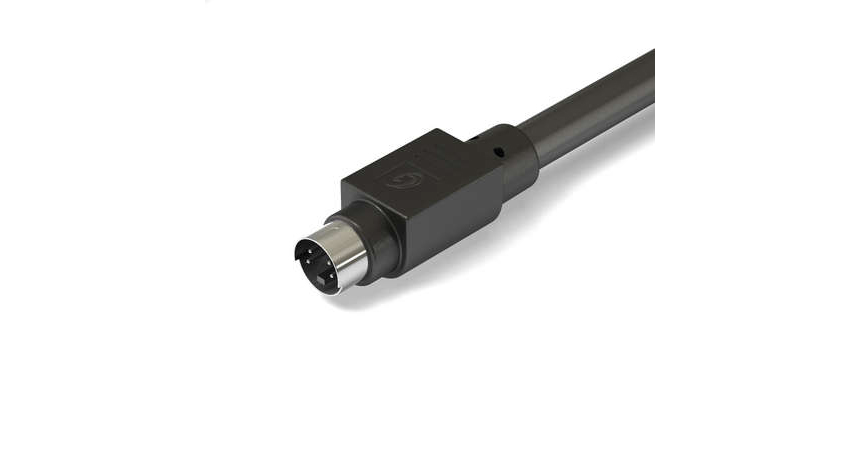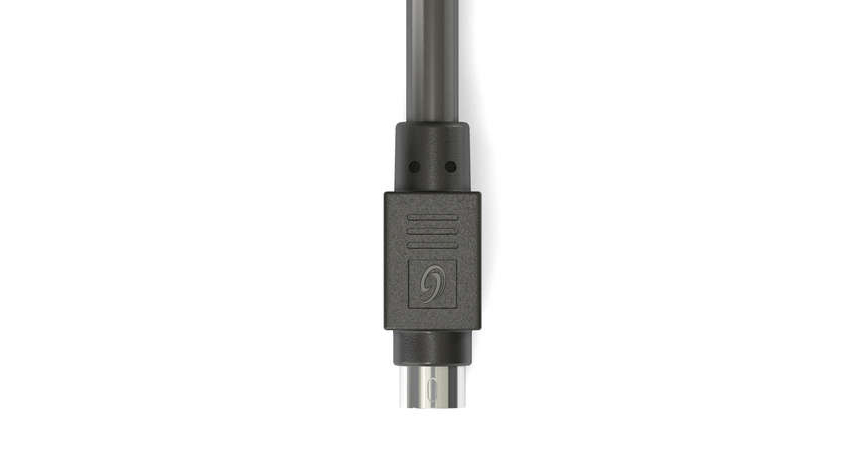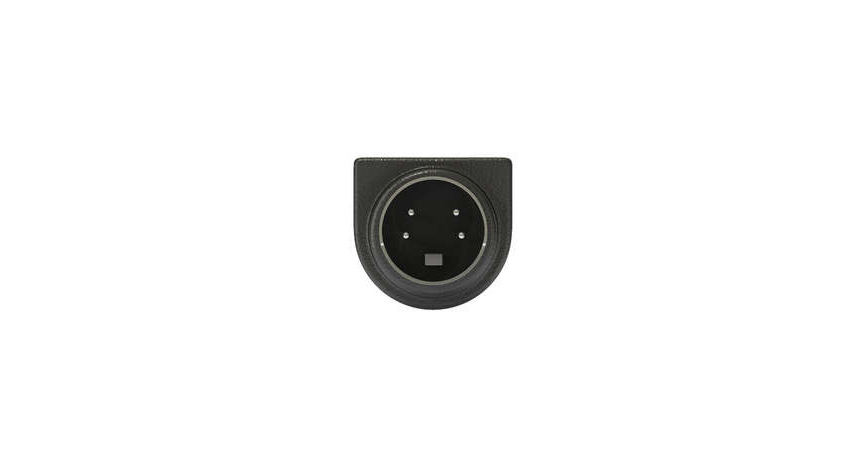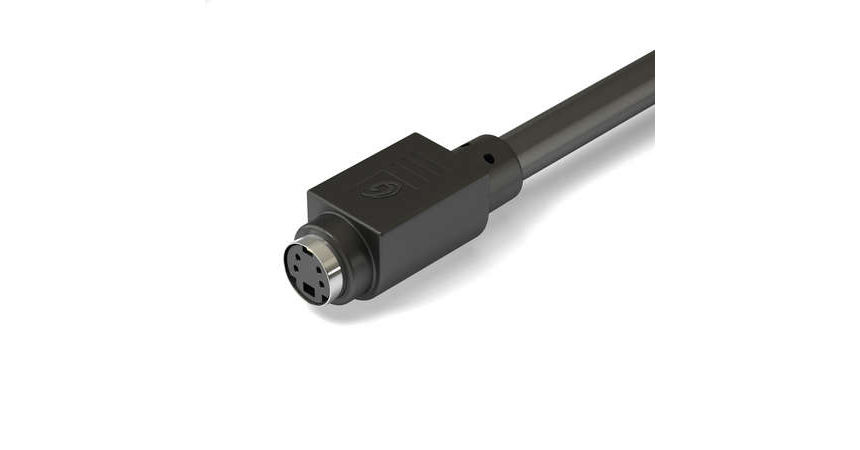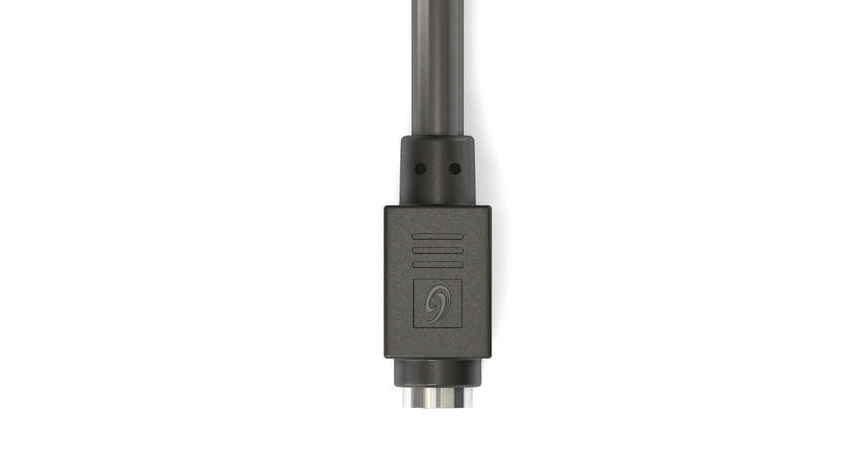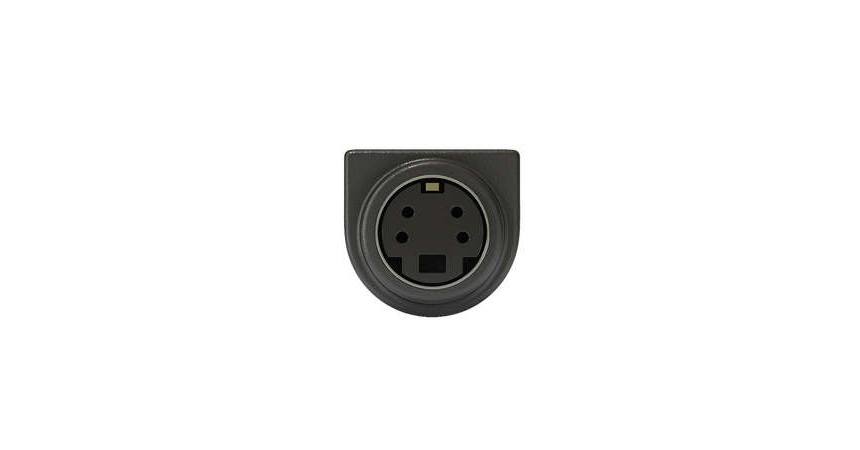What are video connectors?
USB standards are developed and maintained by an industry body called the USB Implementers Forum (USB-IF). In its original specification, USB defined only two connector types: A and B. Revisions to the specification and demands on manufacturers have expanded the breadth of connectors used for USB devices, but the majority of USB products still use these A and B connector interfaces.
_
BNC
BNC connectors are round plugs with a bayonet-style locking system, used on coaxial cables. BNC plugs have good impedance characteristics, and their locking mechanism keeps them securely in place once connected. Because they are more expensive and harder to connect than RCA plugs, they are often used for higher-end and/or professional audio/video equipment. They are very common in CCTV and surveillance camera applications.
There are many popular theories explaining the acronym "BNC", but the most likely is "Bayonet-Neill-Concelman", which refers to the two gentlemen that developed it years ago (Paul Neill from Bell Labs, and Carl Concelman from Amphenol). The two most common uses for BNC connectors are in a 3-BNC (RGB) component video and 5-BNC (RGBHV) component video cable. This component video interface is the most common extended definition video interface in use on contemporary consumer products. Component connections send one luminance and two phase-opposite chrominance signals on three 75 Ohm coaxial cables. Wholly analog, the 770.3 component interface boasts the same robust nature as RGBHV.
_
DisplayPort™
DisplayPort is an interface technology that is designed to connect high-end graphics capable PCs and displays as well as home theater equipment and displays. Like HDMI and DVI, DisplayPort utilizes TMDS (Transition Minimized Differential Signaling) link technology to send high bandwidth video and audio signals. The 20-pin connector allows the contact point to send maximum data transfer rates of 8.64 Gbps plus 1 Mbps for its AUX channel which can carry additional data.
_
DVI-D™
This connector contains 24 pins, arranged in three horizontal rows of eight pins. To the side of this grouping of 24 pins is a wide, flat pin called a ground bar. A dual-link interface provides two TMDS links, or groups of data "channels" that can carry more than 10 Gbps of digital video information. A dual-link cable is backwards-compatible with single-link applications. The majority of DVI applications will use this DVI-D dual-link cable connection.
_
HD15 (VGA)
A very common connector used mostly as a video interface for computers and monitors. It can also be found on high-definition displays, and on older high-definition source devices such as satellite receivers and cable boxes. The HD15 is a High Density DB-style connector, so it can also be called an HD DB15. Another popular name is "VGA connector", although it is used in video applications that support much higher resolutions (SVGA, XGA, UXGA, etc.). An HD15 connector is the same size as a DB9 connector, but it has three rows of 5 pins. On most HD15 male connectors, there is one pin (pin 9) missing in the middle row. The 9th pin is omitted because it is not used to carry any part of a computer video signal.
_
HDMI®
HDMI stands for High Definition Multimedia Interface. This technology carries the same video information as DVI but adds the capacity for digital audio and control signals as well. The current version of HDMI carries one TMDS link of digital video. Found on many home theater/consumer electronics devices, HDMI uses a 19-pin connector that is held in place by friction. This connector is technically described as a Type A HDMI connector.
_
HDMI Micro
The HDMI Micro connector is a Type D HDMI connector measuring 6.4 mm x 2.8 mm. This micro connector is the smallest of all HDMI connectors and has the same 19-pin configuration as the standard HDMI A and C connectors. Using an adapter, this connector can be used with a standard HDMI cable.
_
HDMI Mini
The HDMI Mini connector is a Type-C HDMI connector measuring 10.42 mm x 2.42 mm. This mini connector has the same 19-pin configuration as the standard HDMI A connector and is intended for use with portable electronic devices. Using an adapter, this connector can be used with a standard HDMI cable.
_
LFH-59 (DMS-59)
The LFH-59 (DMS-59) has 3 rows of 15 pins and 1 row of 14 pins. This connector is used to support computer video applications that use multiple monitors for an extended desktop. Graphics adapters with this connection will typically only have a single LFH-59 connector; therefore, breakout cables are typically required. The breakout cable will typically have a single LFH-59 connector and two monitor connectors, either VGA or DVI.
_
M1
M1 is an interface designed for display devices. It is most often found on projectors, and it can receive a variety of signals; analog video (VGA), digital video (DVI), and even USB. Transmitted signals can be analog or digital and that is totally dependent upon source device used. The M1 connector is sometimes called an "EVC" or "P & D" (Plug & Display) connector. The M1 interface closely resembles a DVI connector. However, it uses a 30-pin (3 rows of 10 pins) connector, with an offset ground bar. For cables that carry an analog video signal, there are 4 additional pins surrounding the ground bar.
_
RCA
Developed by the Radio Corporation of America (RCA), the RCA connector is used in several video and audio applications. This connector is sometimes referred to as a Phono Plug. This is due to the fact that the connector's original purpose was to connect RCA phonograph players to an amplifier. The RCA connector is not, by its very nature, a 75 Ohm design. However, it is used in a multitude of 75 Ohm applications.
_
RF (F-Type)
The f-type connector is used on coaxial cable, and is widely used for cable TV, satellite TV, and off-air TV antenna applications. The connector is round with the conductor of the cable itself poking through the center of the connector body. Most f-type connectors are threaded, so that they can be screwed into place. Some f-types don't have threads, and are merely pushed onto the mating connector. F-type fittings can be terminated in a few different ways: crimp, twist-on, or compression. A compression fitting is the preferred method, because it offers the most secure termination, with the lowest amount of RF leakage. The origin of the name of f-type connector is not widely known.
_
S-Video
The 4-pin Mini Din connector is the proper name for what is commonly referred to as an S-Video connector. The connector has 4 pins arranged in 2 rows, as well as a keying block to make certain the plug cannot be inserted improperly. Even though the S-Video connector has 4 pins, it only carries two signals — luminance and chrominance. The Luminance is a black-and-white wide-bandwidth television signal. The Chrominance is the color information of the video. The other 2 pins are used for signal ground connections.


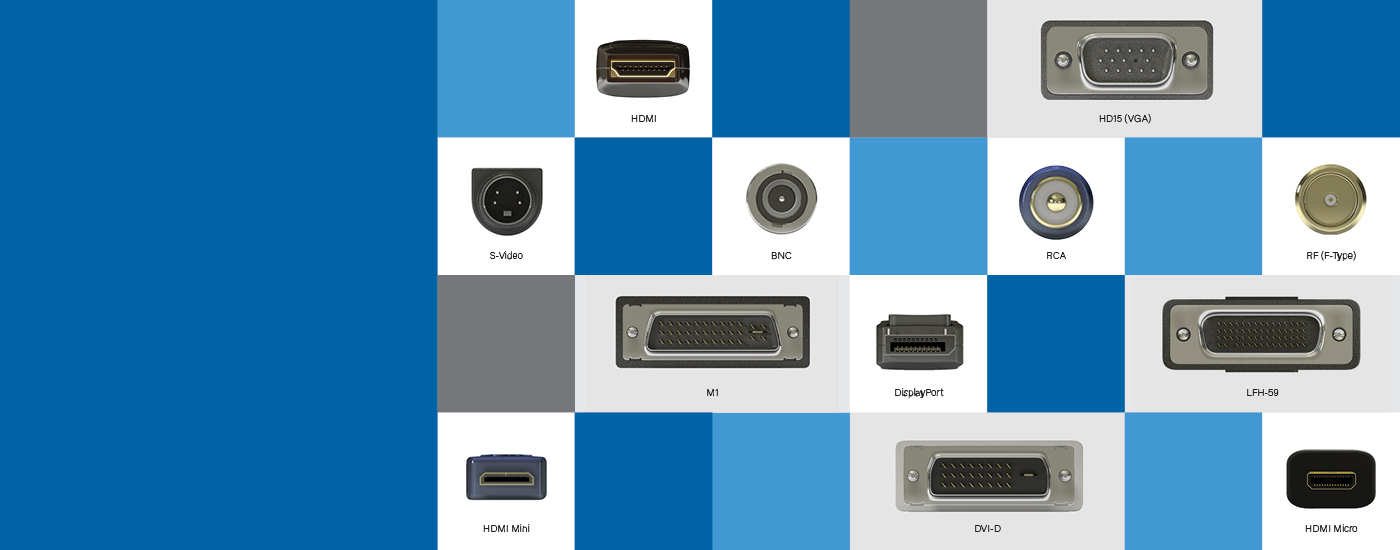
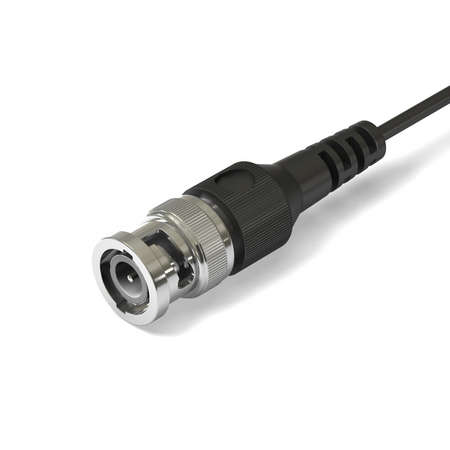 View BNC connector gallery
View BNC connector gallery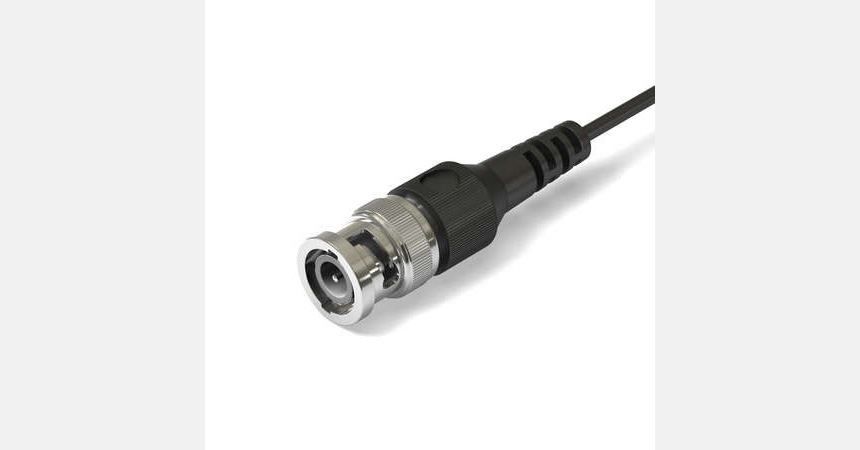
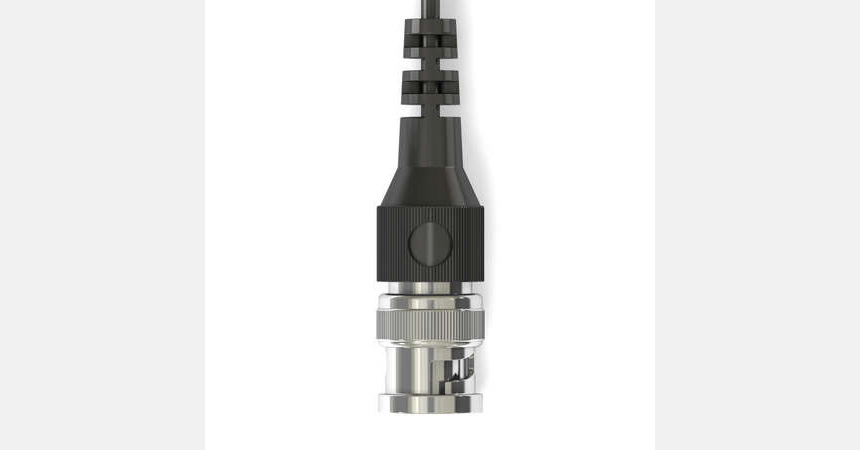
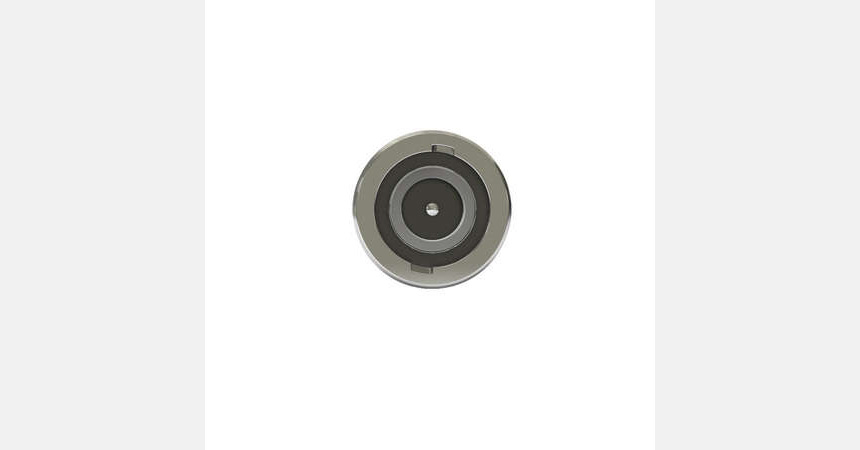
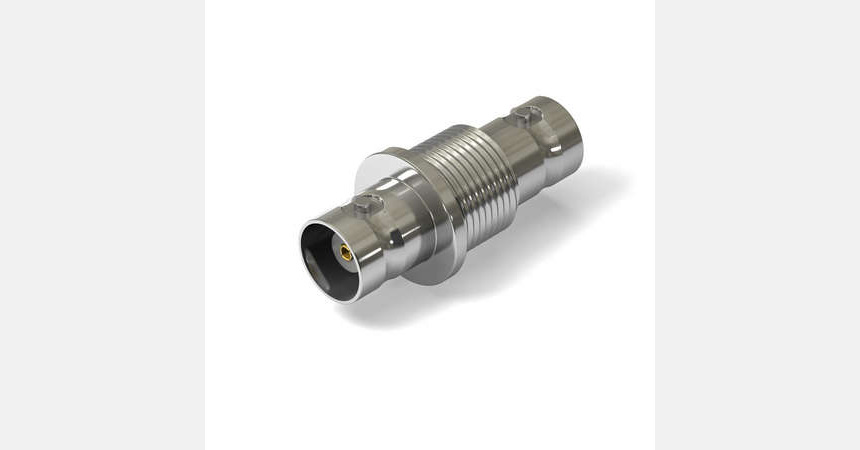
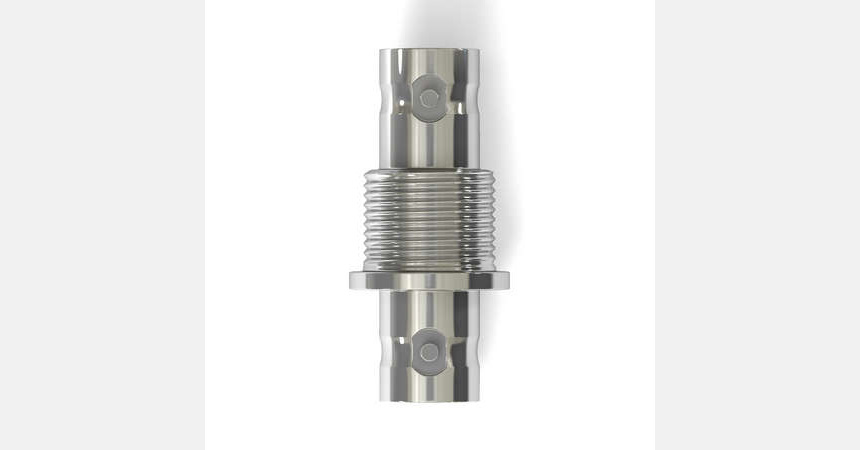
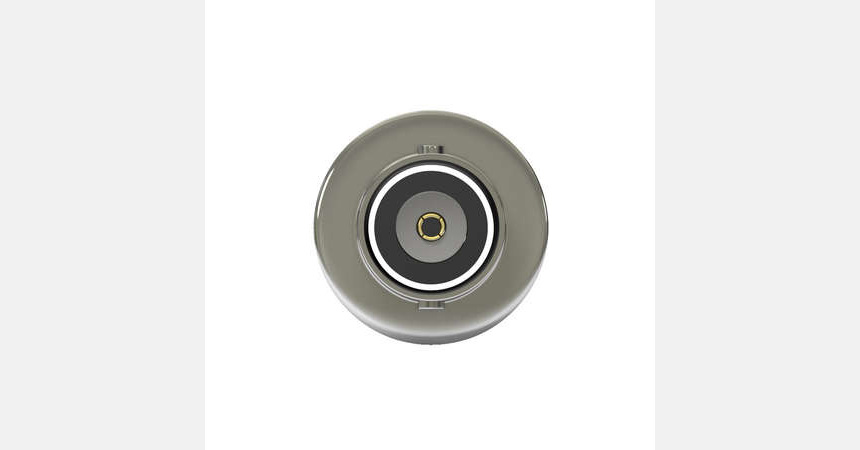
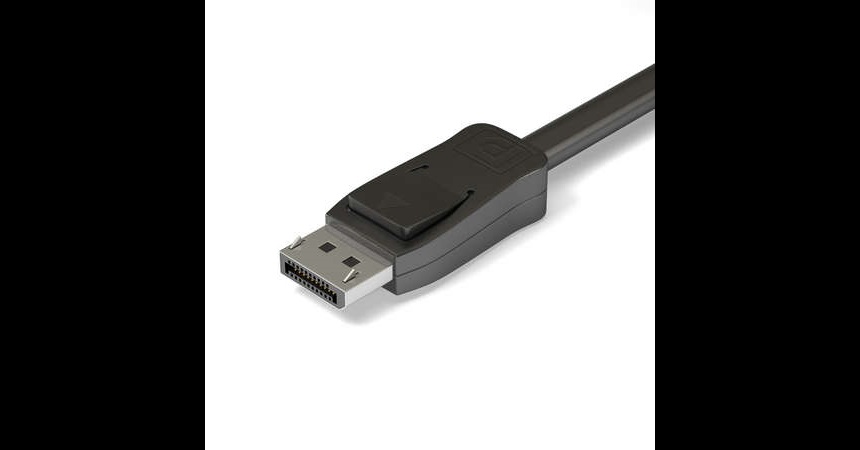 View DisplayPort connector gallery
View DisplayPort connector gallery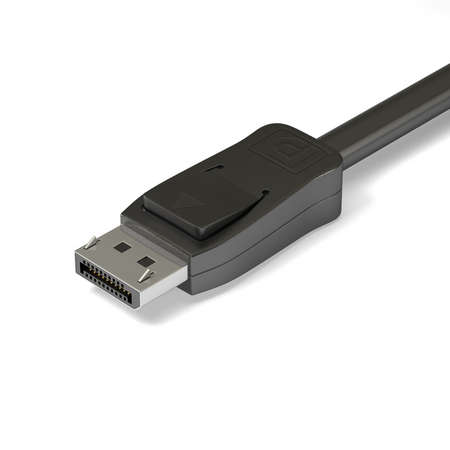
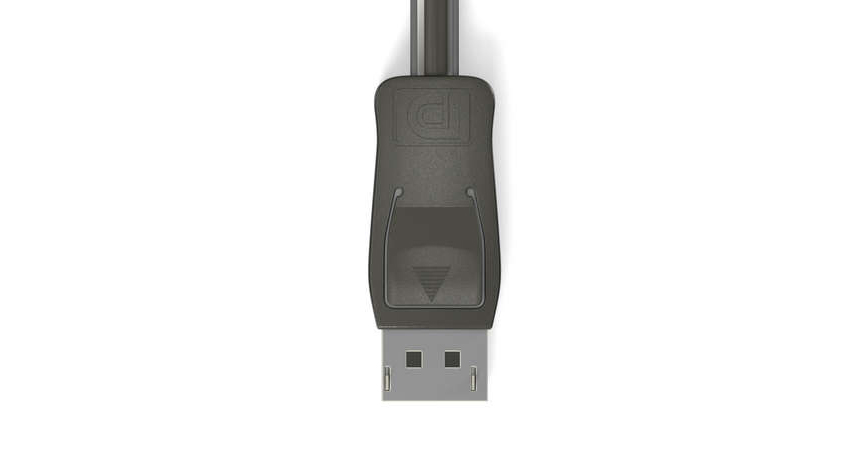
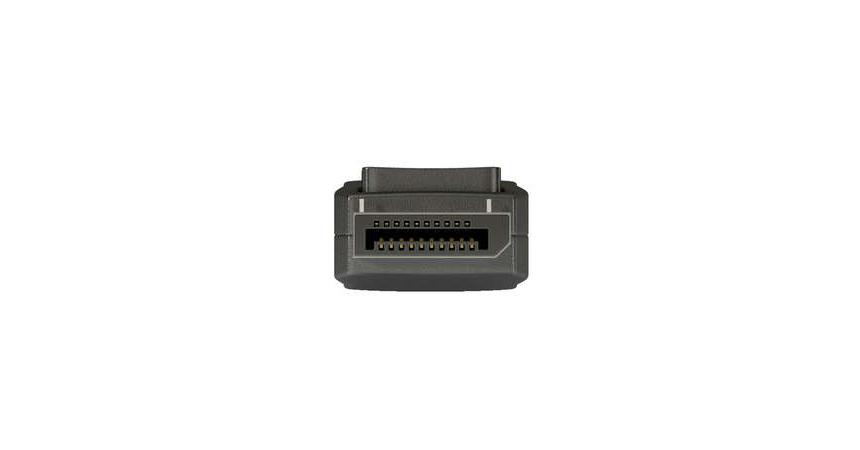
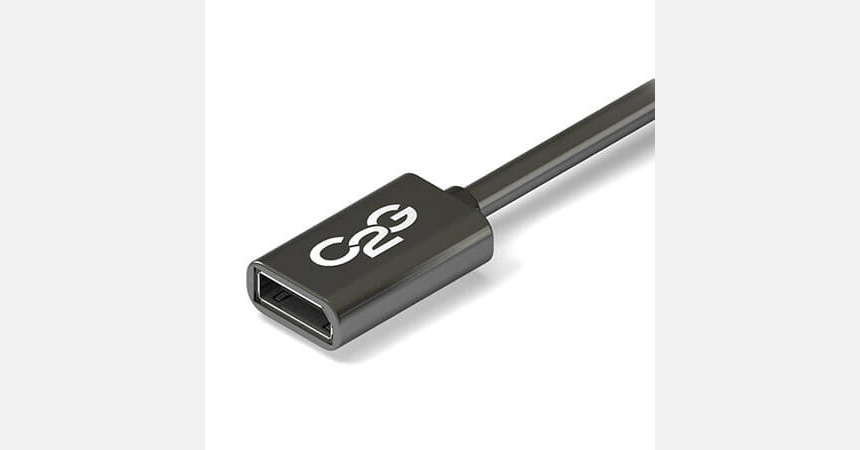
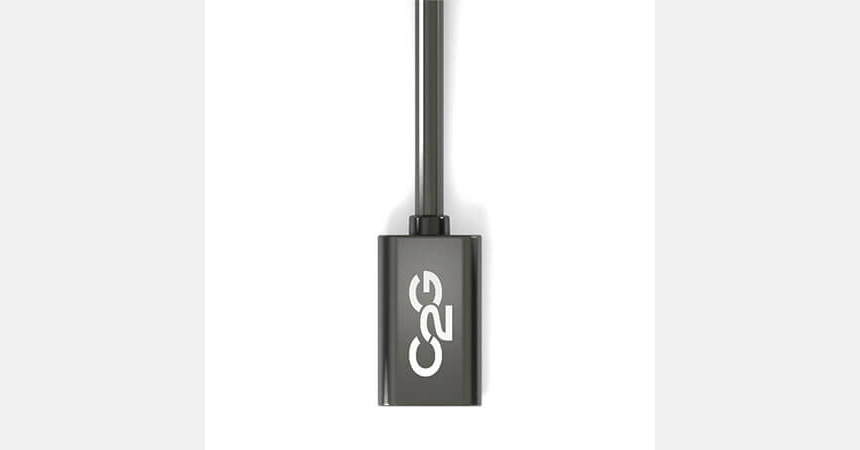
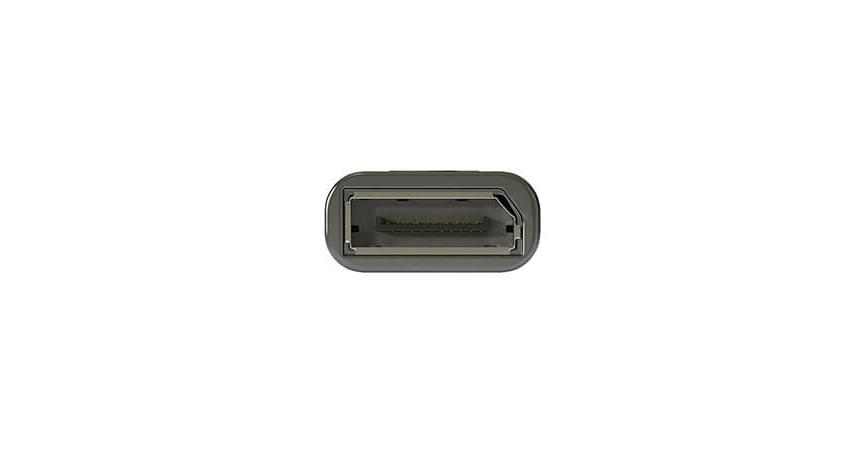
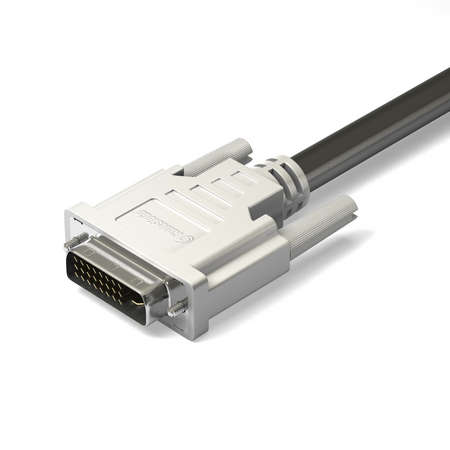 View DVI-D connector gallery
View DVI-D connector gallery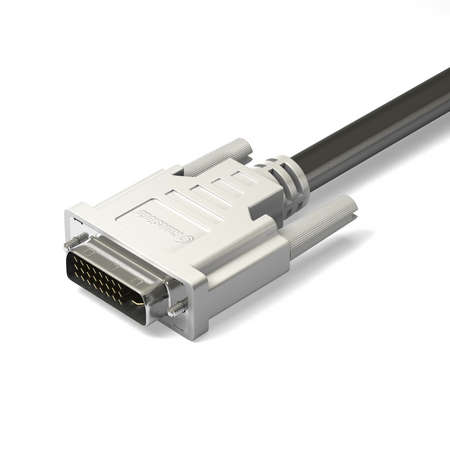
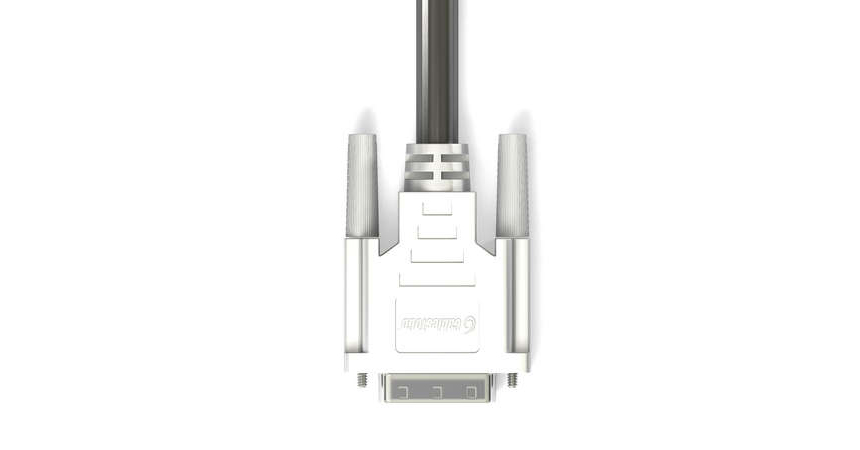
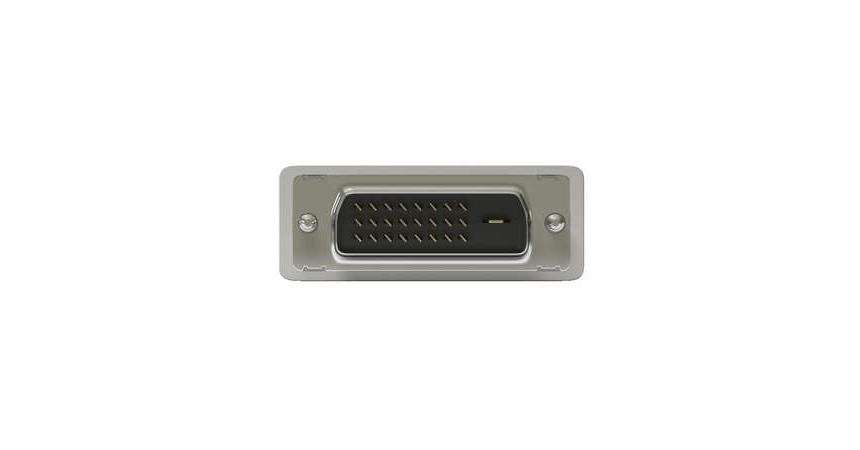
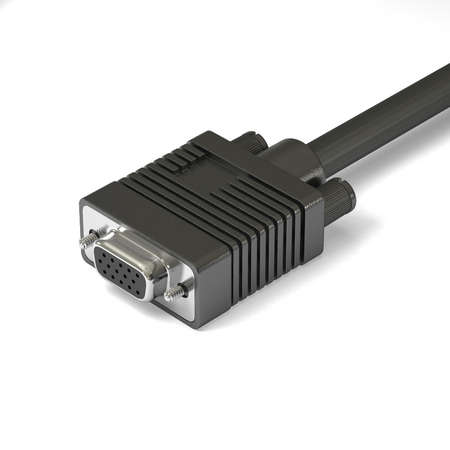 View HD15 (VGA) connector gallery
View HD15 (VGA) connector gallery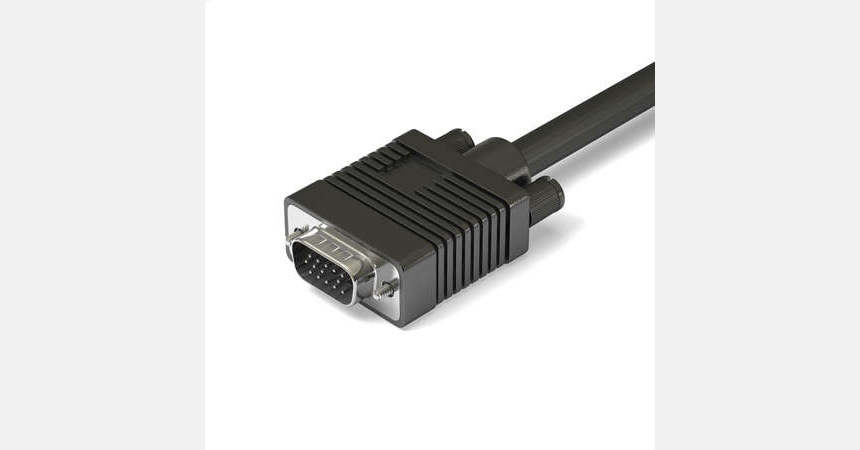
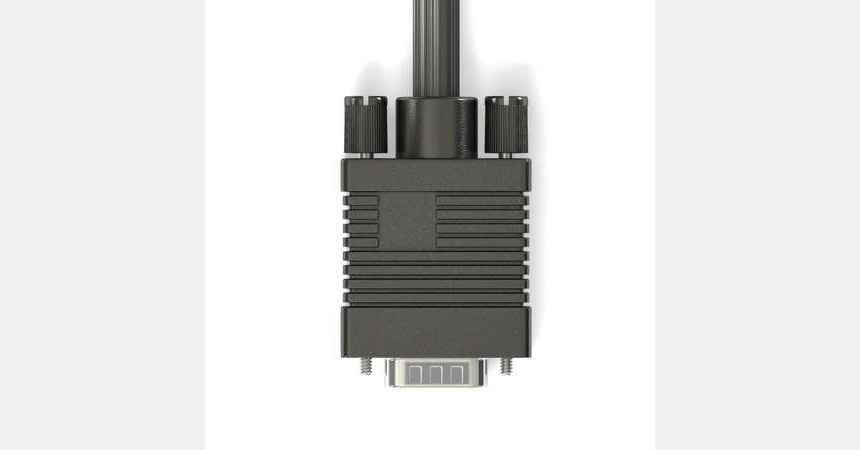
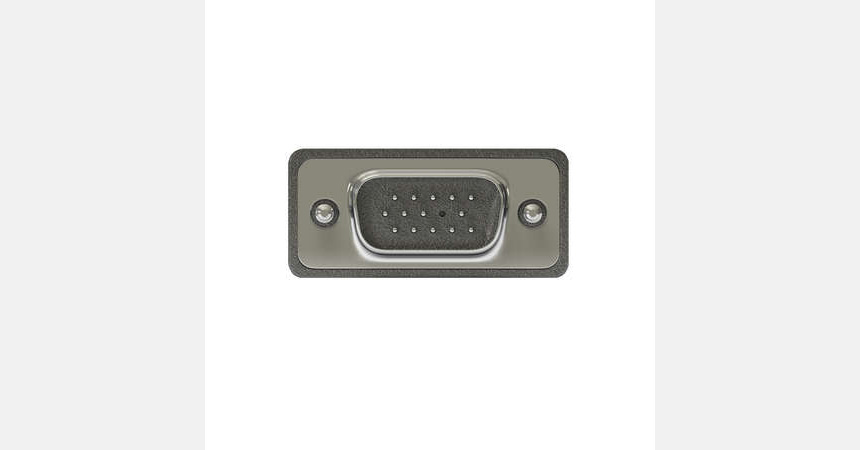
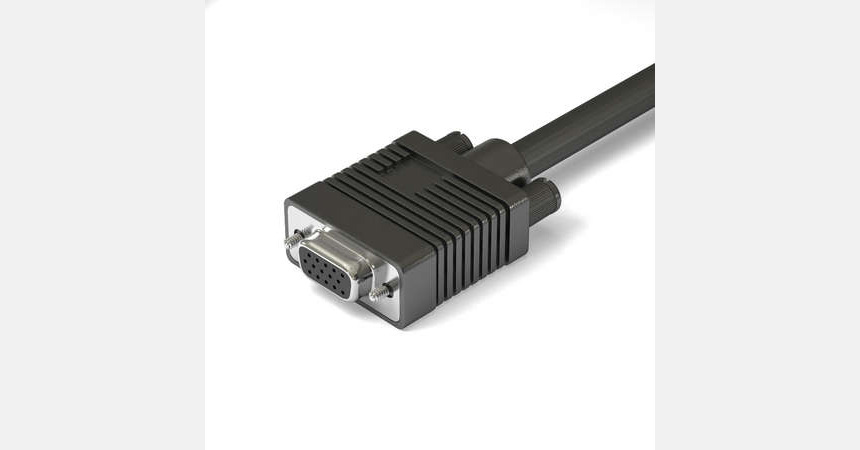
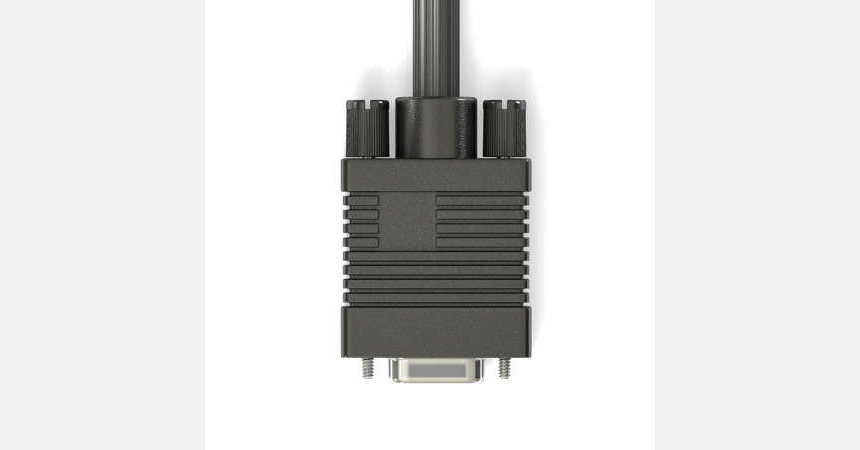
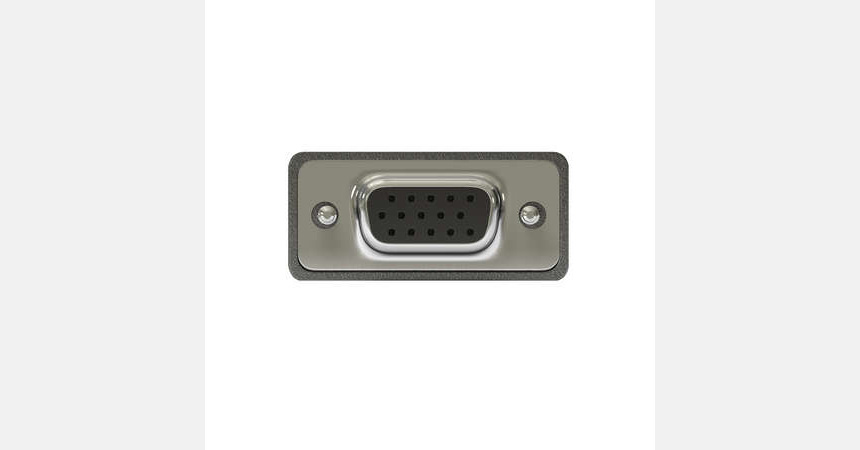
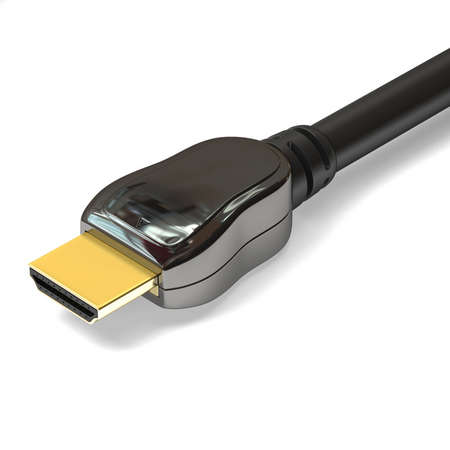 View HDMI connector gallery
View HDMI connector gallery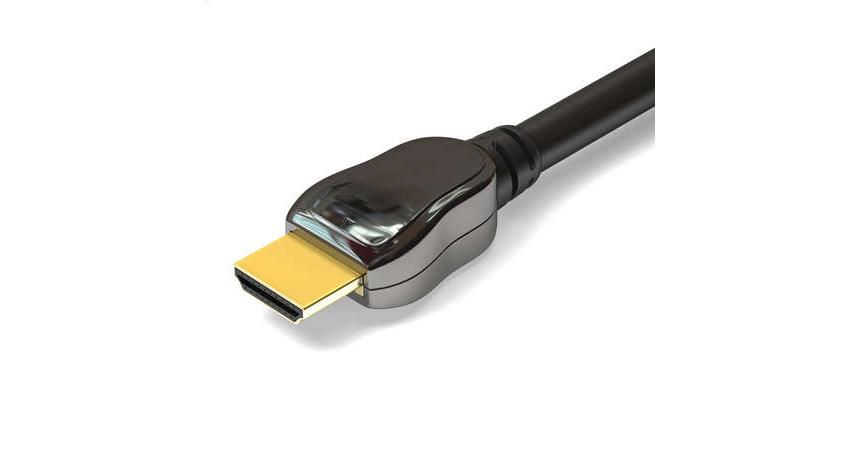
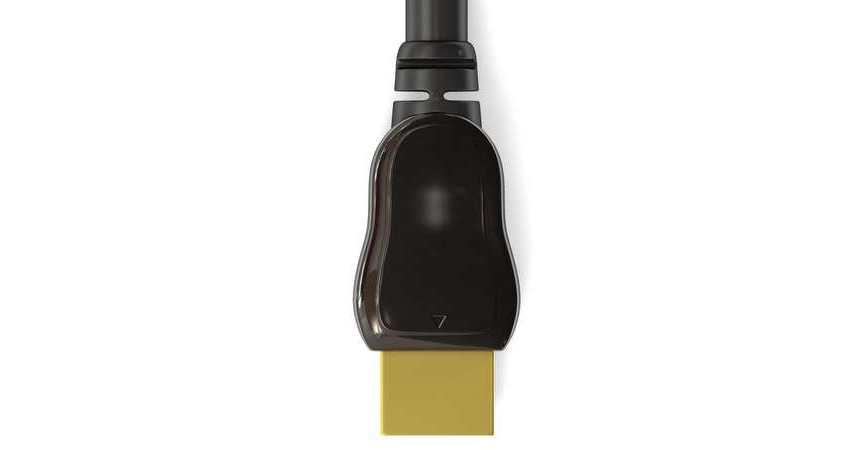
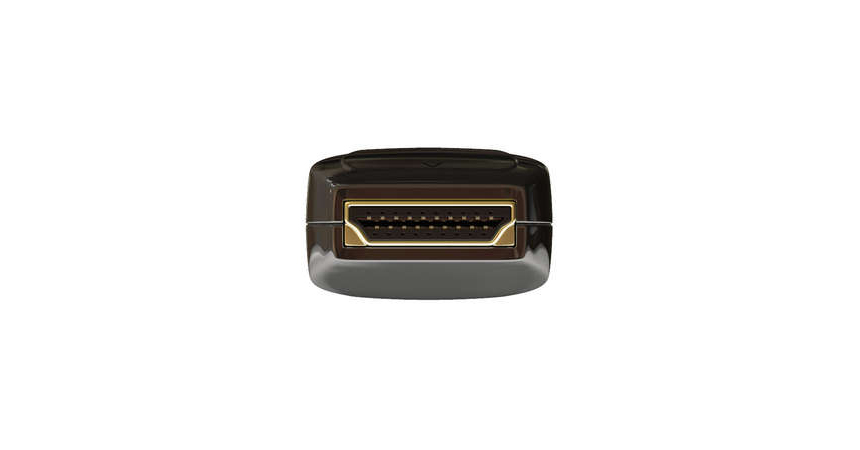
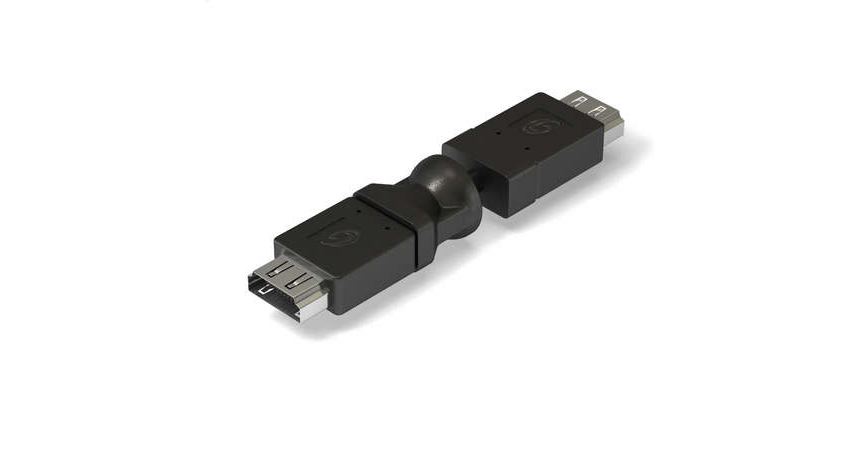
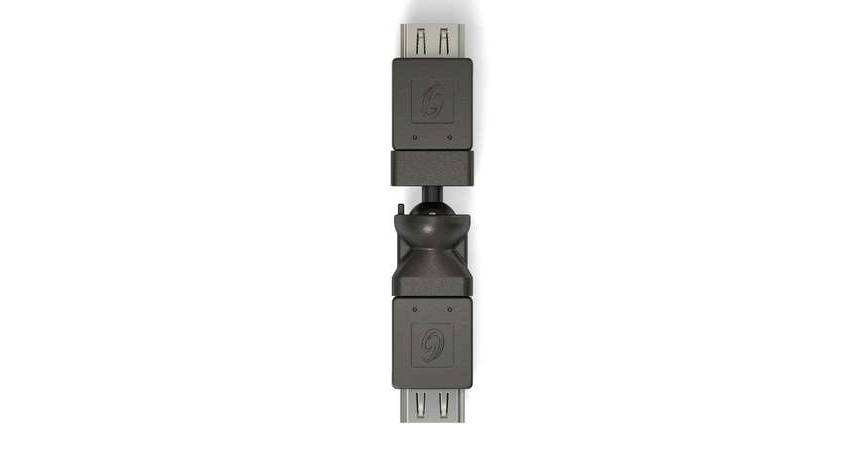
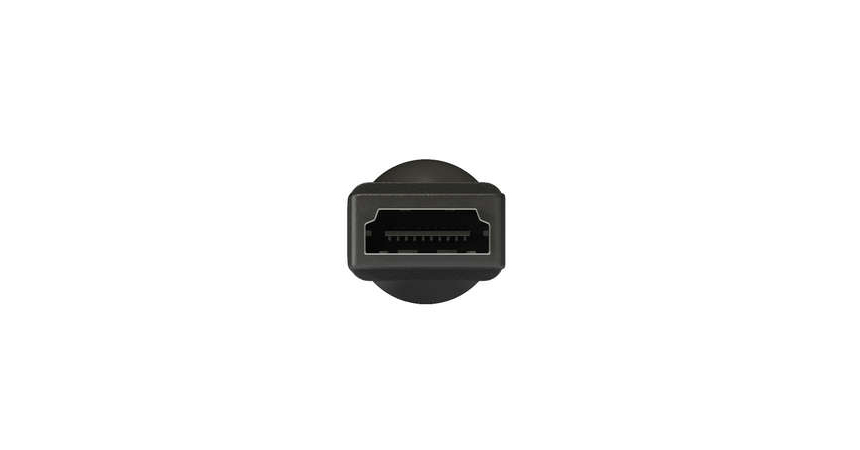
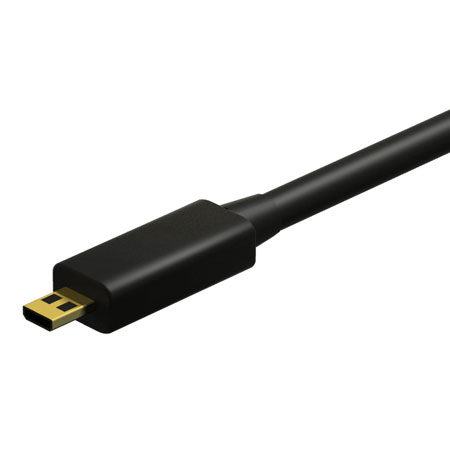 View HDMI Micro connector gallery
View HDMI Micro connector gallery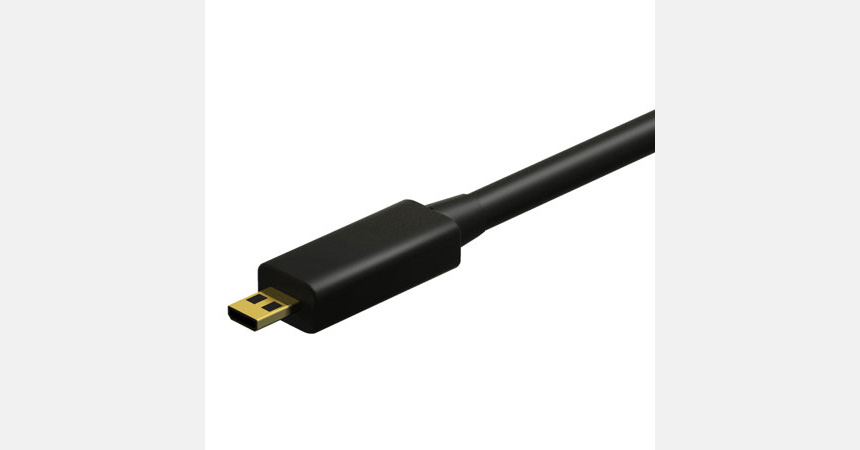
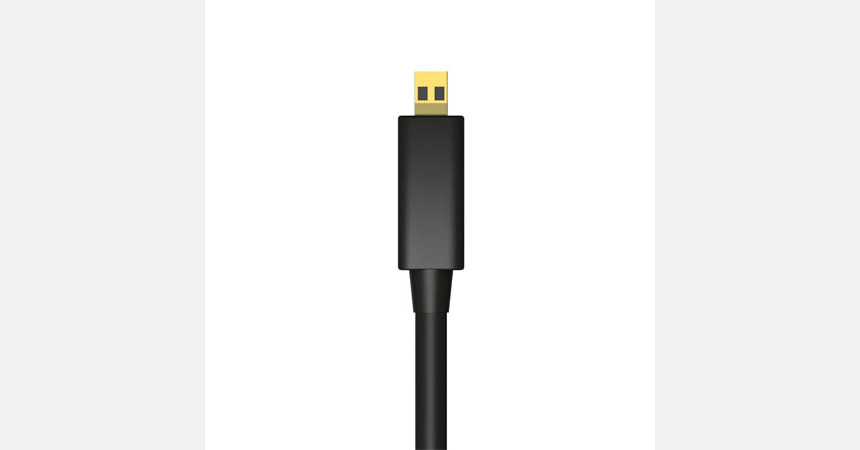
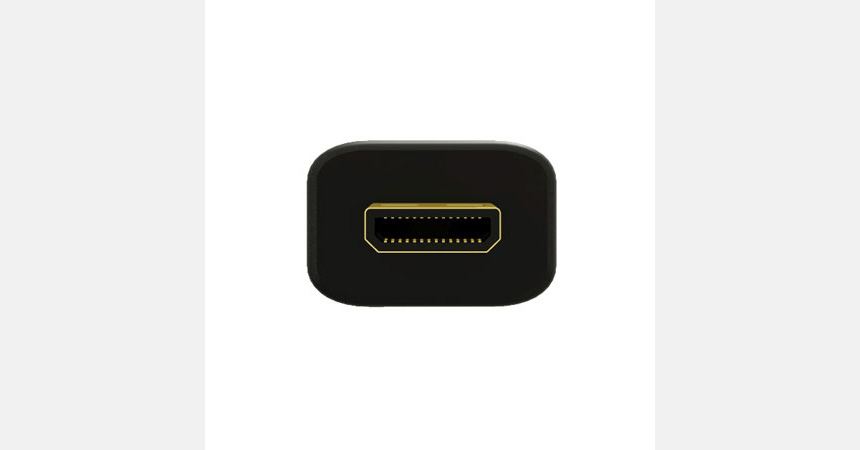
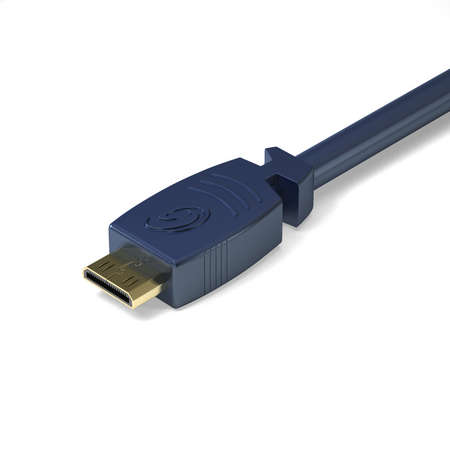 View HDMI Mini connector gallery
View HDMI Mini connector gallery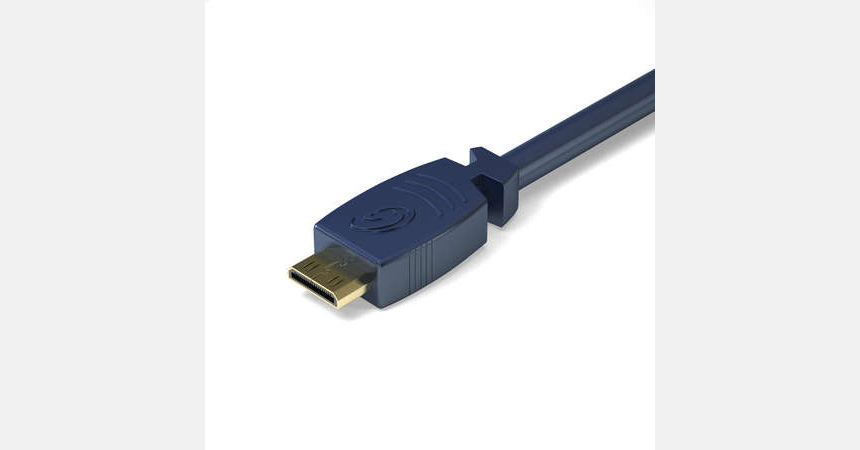
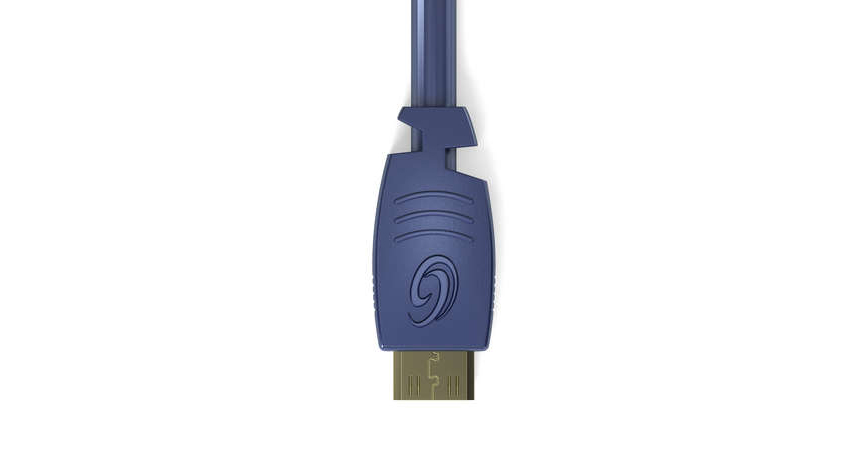
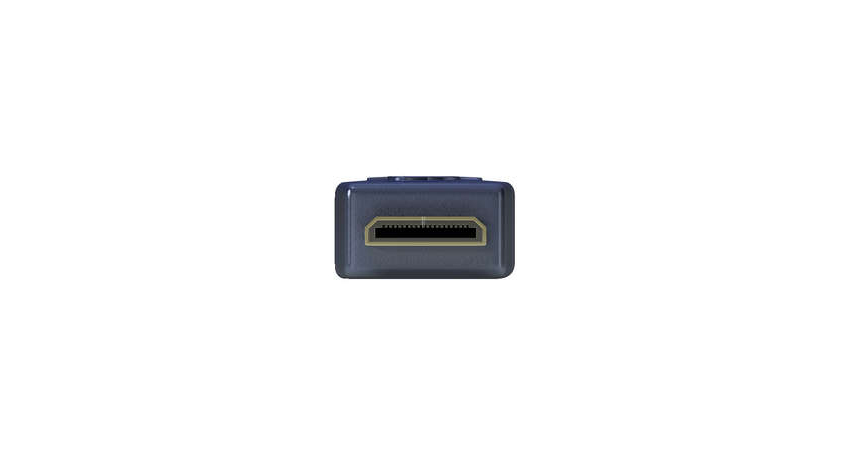
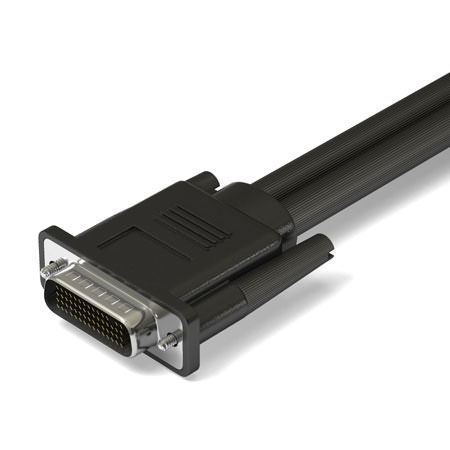 View LFH-59 connector gallery
View LFH-59 connector gallery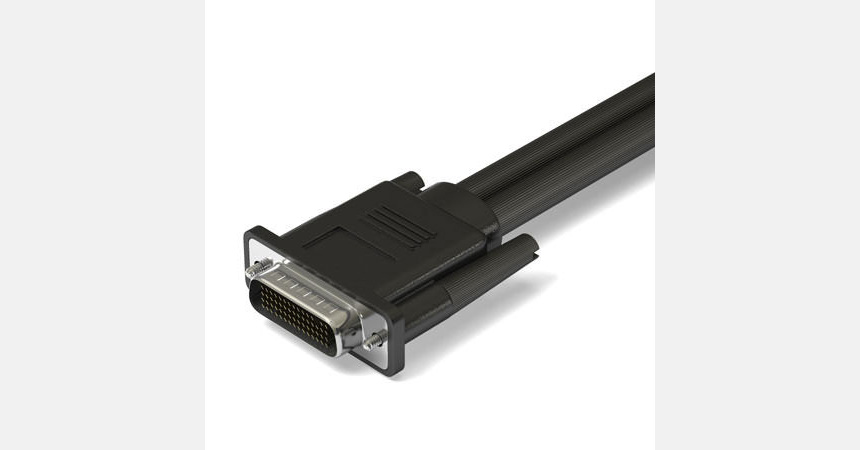
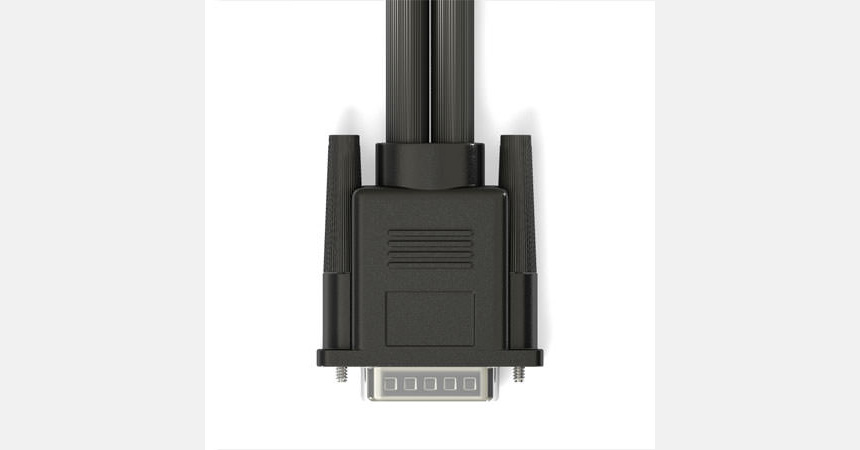
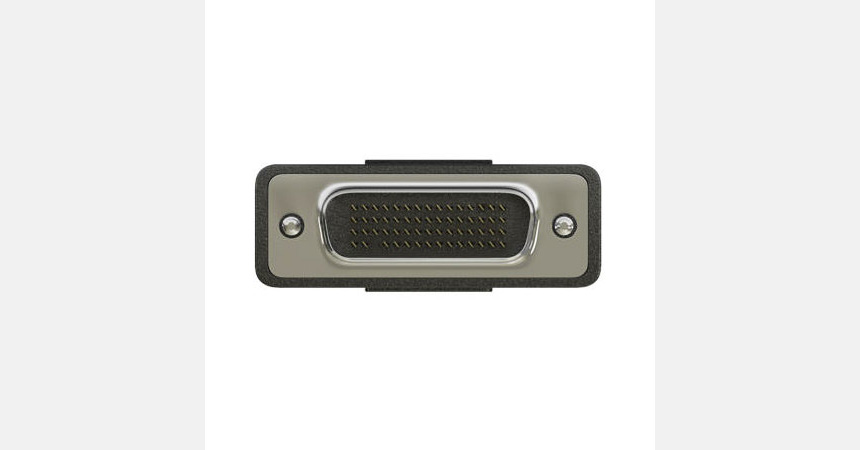
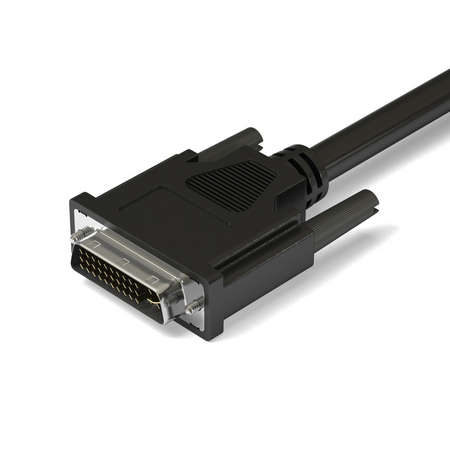 View M1 connector gallery
View M1 connector gallery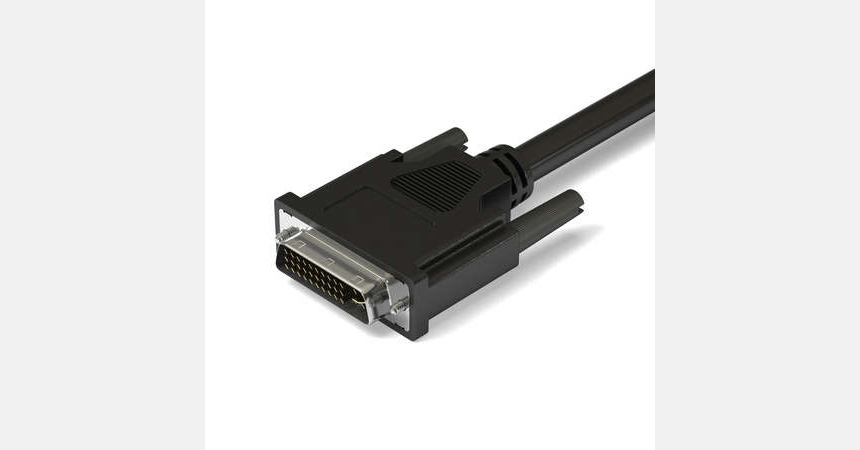
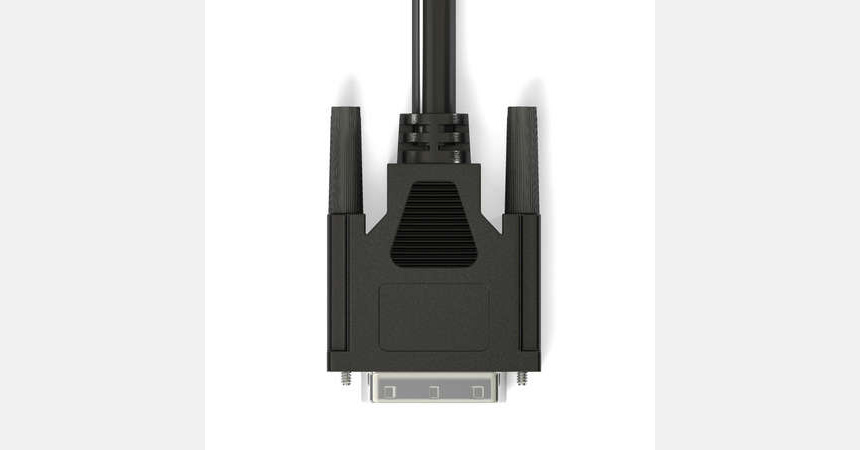
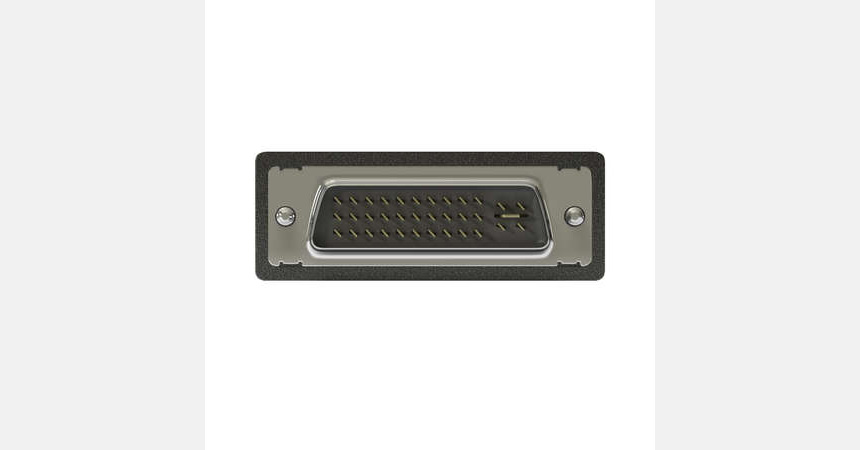
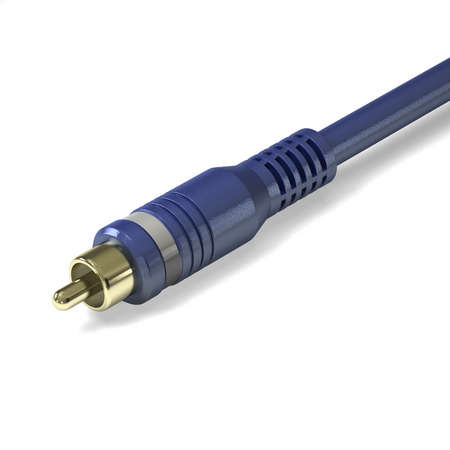 View RCA connector gallery
View RCA connector gallery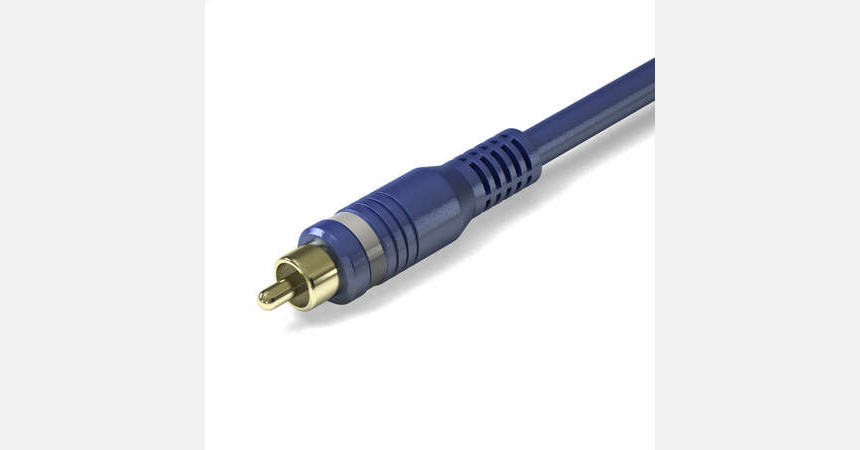
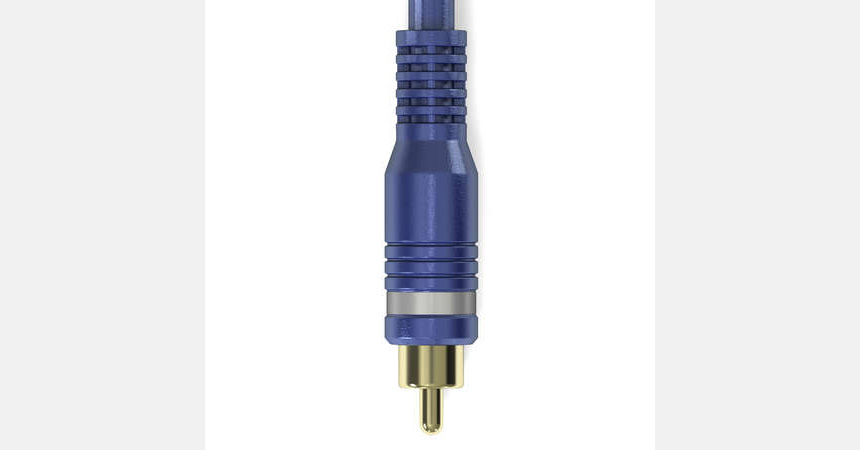
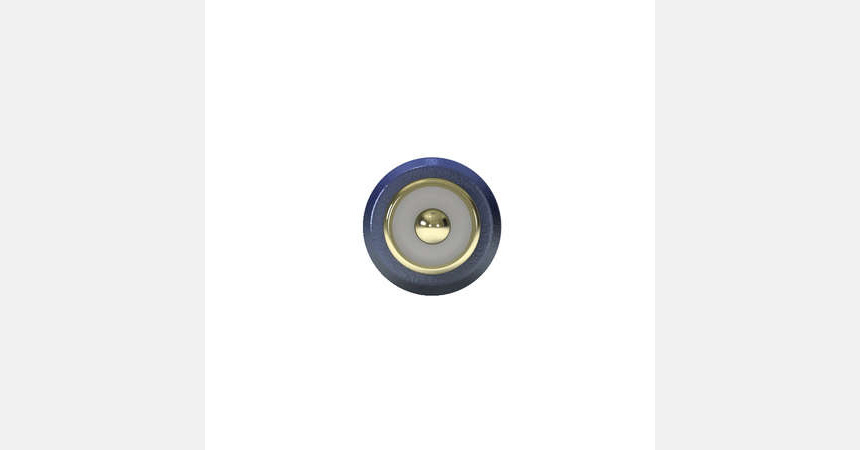
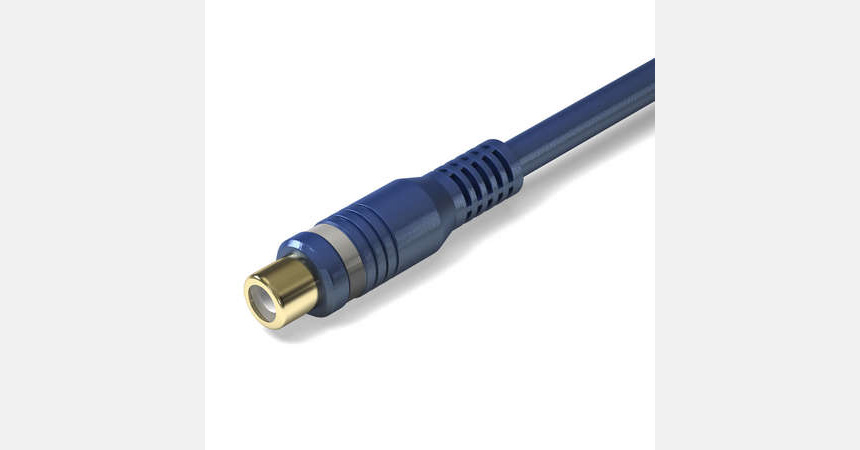
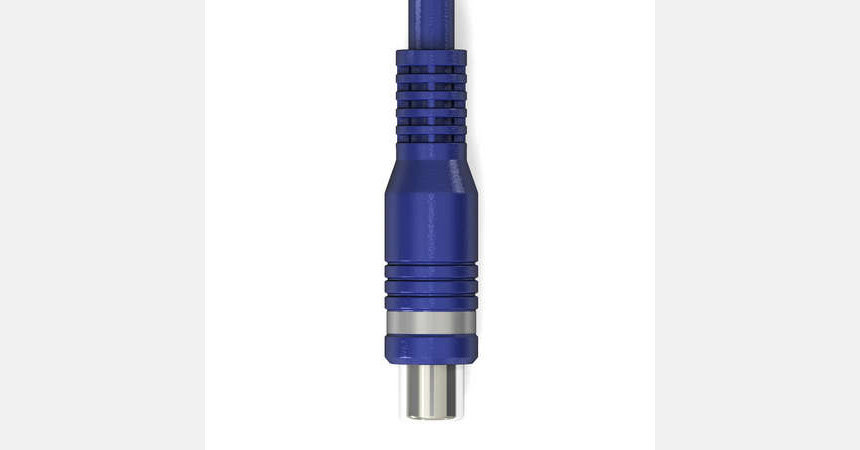
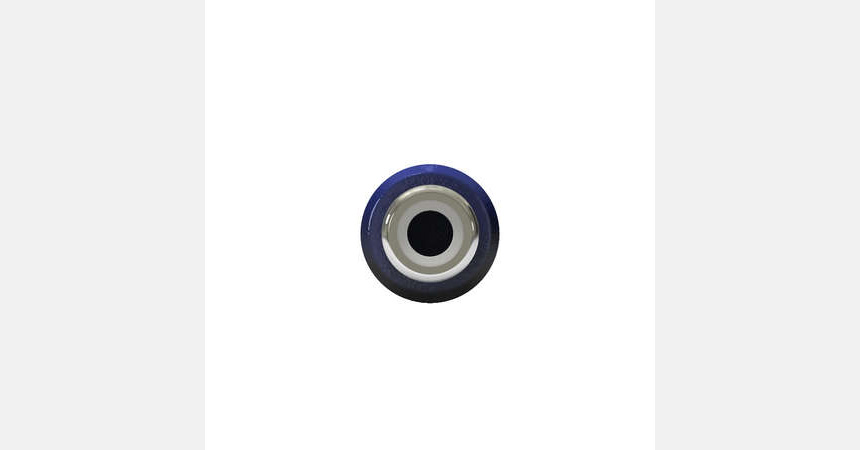
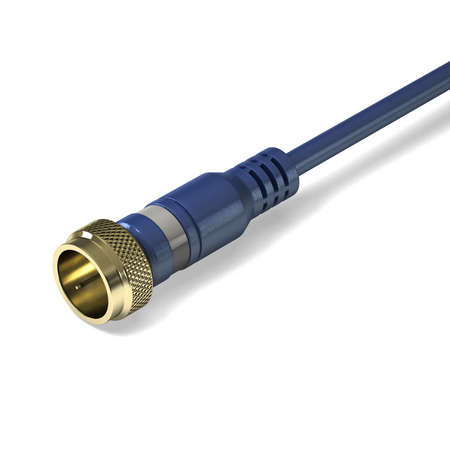 View RF (F-Type) connector gallery
View RF (F-Type) connector gallery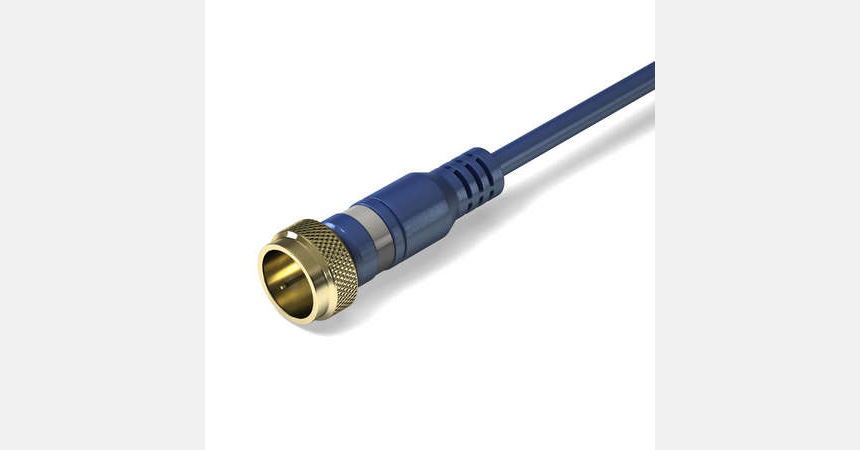
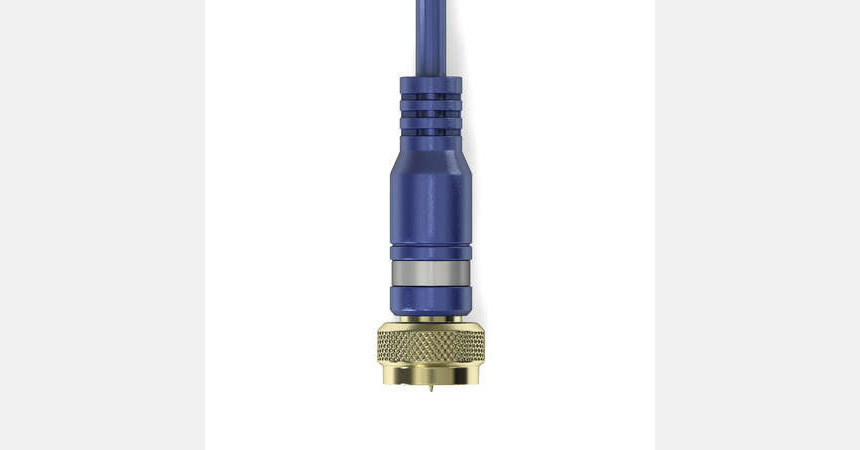
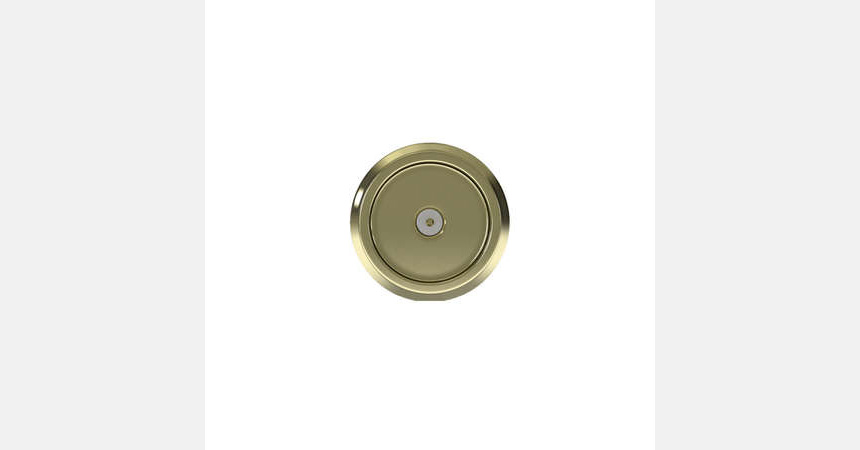
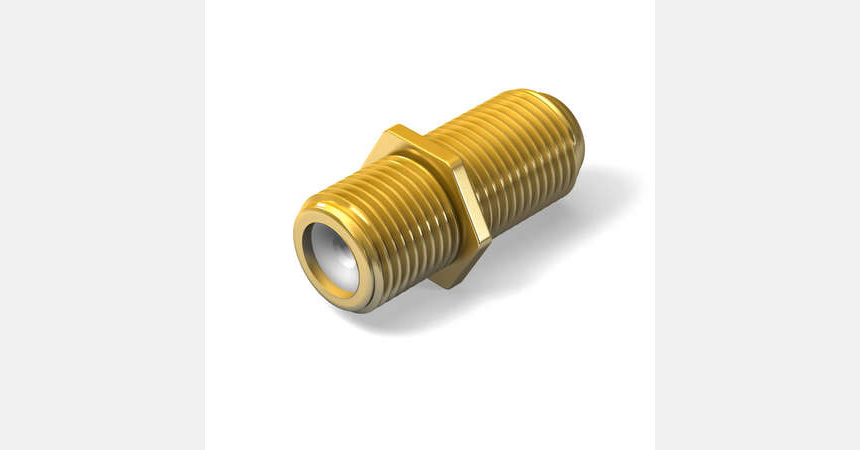
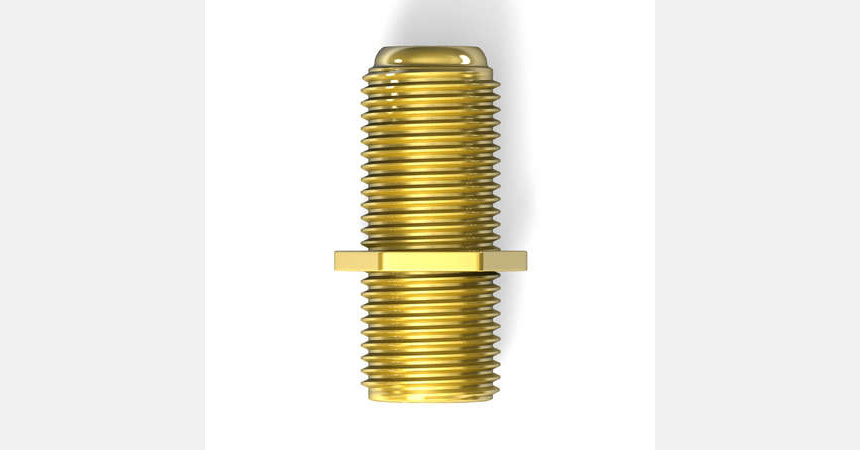
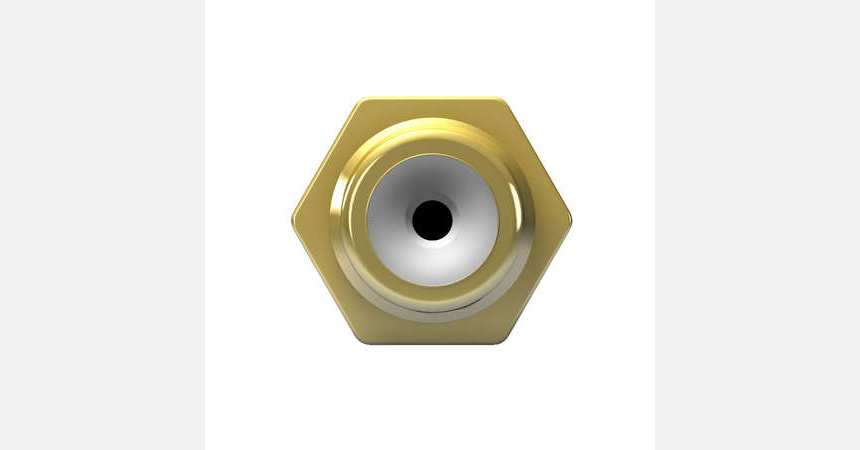
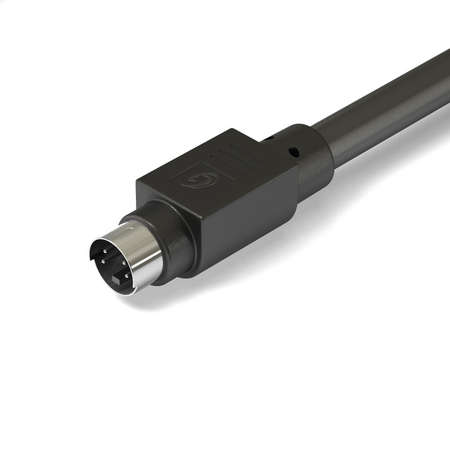 View S-Video connector gallery
View S-Video connector gallery